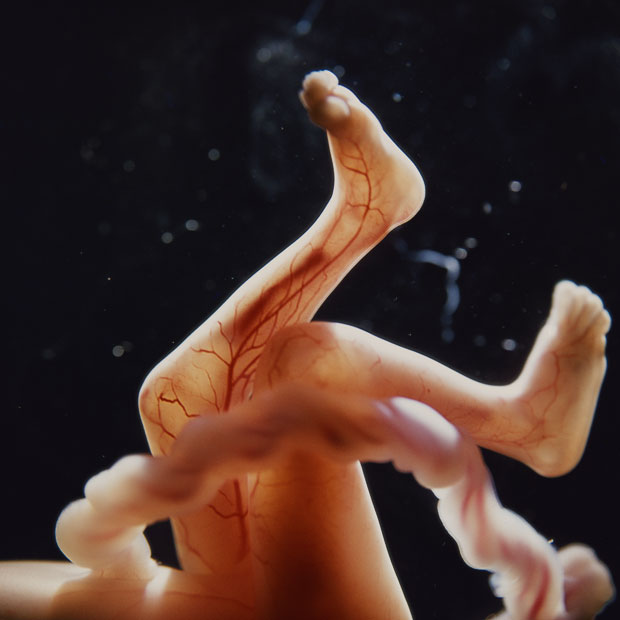“I am the grass; I cover all….Let me work.” Carl Sandburg
It is our family’s custom on Memorial Day weekend to meet my two siblings and their families for lunch before going to decorate the graves of our parents and my father’s family at a cemetery an hour from our home. This is a pleasant tradition for the living to gather together over a meal and spend a few hours catching up, reminiscing and sharing a laugh or two, before making our journey to honor the dead.
The actual decorating of the graves is rather an anticlimax. Once at the cemetery, it is not seemly to be laughing and carrying on. It is usually quite busy with people coming and going, placing flags, hauling planted pots and large bouquets, scouring off the moss and lichens from the gravestones and trimming the long grass missed by the mowers. Despite the hubbub and activity, there is a silent solemnity in the people carrying out their duty to their kin. Only the soft sound of the breeze moving the leaves in the trees interrupts the profound stillness of the dead and departed, lying blanketed under a coverlet of grass.
Our father’s family lie together in the older part of the cemetery, which is poised high on a hill overlooking Puget Sound, with the Olympic Mountains to the west, the Canadian Rockies to the north and the Cascade range to the east. It must have been quite the wilderness cemetery in 1910 when my great great grandfather Herman was buried there as the first of the clan to be placed in the ground west of the Mississippi. I don’t know any family lore about Herman, so his secrets remain safe and undisturbed under the grass. Not so with the rest of the family buried there. They are exposed by their known personality traits, their mistakes and their accomplishments, but most remarkably by their relationships with each other, now sharing the same blanket as they lie within feet of each other for eternity.
Lying next to Herman is my great-grandfather Henry, a steam boat captain first on the Mississippi River, and later in life, on the Yukon River during the Gold Rush. He was gone from home for months at a time, living his own life of adventure on the frontier while his meek wife Margaret tried to raise their two children alone. Her influence couldn’t tame their son, Leslie, my grandfather, who got fed up with school and left home at age sixteen to work in the remote logging camps of northwest Washington. There he learned to cuss hard and drink heavily, coming to town on occasion to carouse and visit his horrified mother and sister Marion. Marion, a proper and somber girl, finished school and went on to a teachers’ college now transformed to the regional university where I now work. She became a dedicated school teacher, living with her mother long after her father’s death, and remaining unmarried all her life. (See Great Aunt Marion )
Leslie eventually married my grandmother Kittie, a much younger woman, just a teenager, much to the chagrin and disapproval of his parents and sister. Their first child, my Aunt Betty, later died of lymphoma at age seven, leaving Kittie bereft.
Betty lies between her parents now, with Leslie to her left (see Repentance) and Kittie to her right (See Drops of Sun). Next to Kittie lies Marion in a proximity that never was possible in life as they could not tolerate the sight of each other so avoided ever being in the same room together. Somehow, each year I expect to see the ground between them in upheaval, but in fact the grass has done its work, smoothing and settling the turmoil that once existed, but does no longer. They peacefully share the grass coverlet.
My parents lie together in the same urn garden plot a few hundred yards away, sharing a marker that at one point in their married, then unmarried, then married again lives would not have seemed possible.
The old conflicts become less compelling from the darkness of the grave. Why was so much energy spent on them while treading on top of the grass when they become meaningless to those sleeping under it?
“Shovel them under and let me work”















